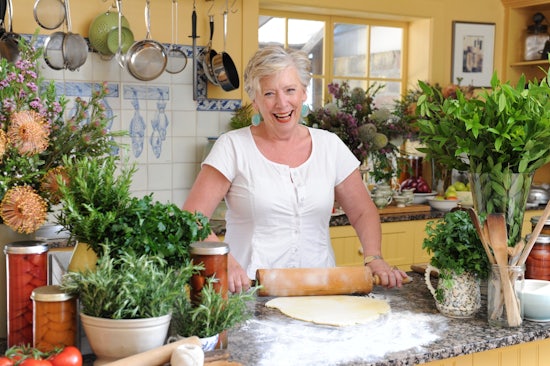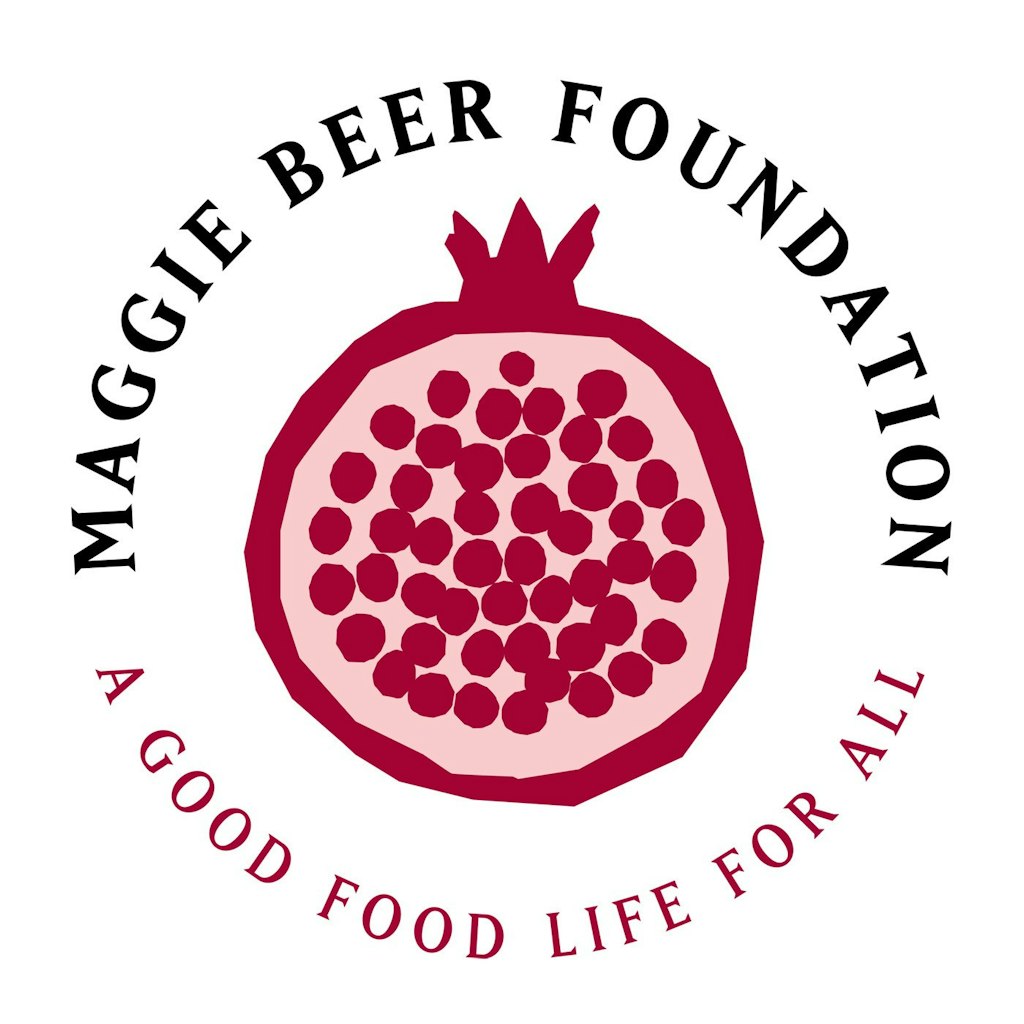Improving residents’ dining experiences
Since the launch of the Maggie Beer Foundation (MBF), a plethora of correspondence has been received from various individuals and organisations with offers of help, comments on the quality of food in residential aged care and suggestions on how to improve residents’ dining experiences.

Since the launch of the Maggie Beer Foundation (MBF), various individuals and organisations have made suggestions on how to improve residents' dining experiences.
With the support of South Australia's Flinders University, who offered one of their nutrition and dietetics students to lead the research project, the MBF pursued the task of analysing all forms of correspondence received, highlighting several common themes.
The aim of the report written by Flinders University student, Renee Fenton, was to collate and synthesise the unsolicited correspondence to identify stakeholders’ attitudes.
More than 200 items of correspondence including letters, emails, comments were sourced and collated. Correspondence was separated into 11 stakeholder groups and analysed using common theme analysis.
Within the correspondence, five major themes were identified:
- Perceptions of the food provided in aged care homes
- Impact of food provided in aged care homes
- Constraints to improving the food provided in aged care homes
- Suggested solutions
- Support for changes to food provision in aged care homes
The first theme identified the perception of the food in aged care homes from stakeholders as being mostly ‘poor quality food’. This theme highlighted the potential areas for improvement towards providing ‘good food’ to residents in aged care homes and challenged the definition of what various groups would define as ‘good food’. Comments also alluded to people perceiving food prepared in commissary kitchens as being inadequate.
The second theme identified the impact of the food provided, whereby staff reported feelings of distress providing or serving the food with some staff leaving their position because of it. Family reported how painful it was to observe, residents felt powerless and some families brought in food or meals to compensate for the food being provided in residential care homes. Another emerging theme was the need for residents to have food and an eating environment that was ‘familiar’, including people from different cultures.
The third theme explored the constraints associated with improving the food in aged care homes according to stakeholders. From the correspondence these included: impeding food safety rules, an inadequate budget for meals in aged care, and attitudes of staff that were either resistant to change and/or acknowledged that change was required but felt disempowered.

Finally the skill level of cooks, chefs and food providers in aged care homes was identified as a constraint. The need for menus with variety, that included cultural diversity but were familiar, were flavorsome and within budget constraints was reported as requiring considerable skills to plan and execute and that these skills were lacking in the residential aged care setting.
The fourth theme of ‘suggested solutions’ from stakeholders encompassed the need to improve the food in aged care homes, the need to challenge current attitudes, the need to address budget and food regulation constraints and the need to change food culture.
Suggestions included the need to involve residents in menu planning, establishing self sustaining practices such as edible gardens, creating a familiar eating environment for residents and for homes to be more open about budget and how food is prepared.
Many positive examples of steps towards change already being implemented in residential care facilities were also provided, and serve as potential suggestions for future direction.
To facilitate the provision of ‘good food’ to residents in aged care homes, several changes need to be implemented, according to the MBF. The following suggestions were made by stakeholders to help address the need to improve food:
- Development of menu and meal standards for aged care homes in Australia
- Providing residents with meal choices on the menu
- Involving residents and their families in the development and review of menus
- Regular review of menus to ensure nutritional adequacy and resident satisfaction
- Use of moulded modified texture foods to improve the appearance of meals
- Plantation of edible gardens in aged care homes
- Increasing advocacy and awareness surrounding the current food situation in aged care homes and the need for improvement.
The fifth and final theme demonstrated an overwhelming amount of support for the MBF and changes to the provision of food in aged care, with more than 90 comments of support, many invitations to collaborate with the MBF, offers of services and several stakeholders seeking the support of Ms Beer to help in their own missions to improve food for older persons.
The findings of the analysis indicate that strategies need to be implemented to empower and enable staff in aged care homes to facilitate action, with change occurring from both ‘top down’ and ‘bottom up’. This involves ‘top down’ support from management to review the budget allocated to meals, and to provide leadership in changing the culture surrounding food in aged care.
The role of management can also be enabling by providing support for the upskilling of cooks and chefs. Staff, residents of aged care homes and their families in turn can contribute to the wellbeing of older persons through collective change.
The correspondence provides insight into what people think about the issue of food provision in aged care homes.
Although the comments are ‘natural’ and therefore unfiltered and from a skewed group they do provide an understanding of people’s attitudes and an insight into what ‘good food’ means. They also reflect the considerable support for the MBF to collectively bring about change to the wellbeing of older persons through the provision of flavoursome and nutritious food in aged care homes.























